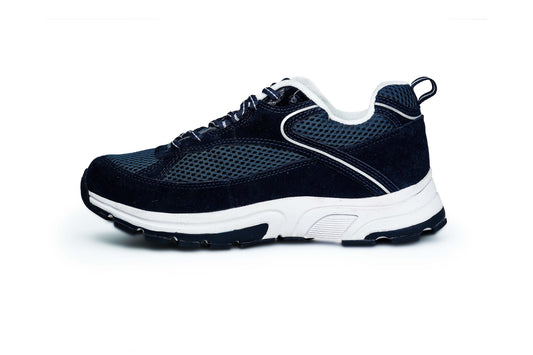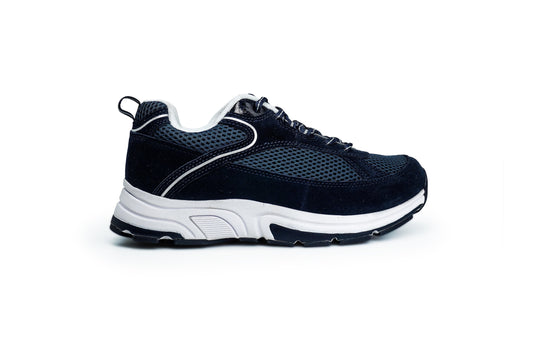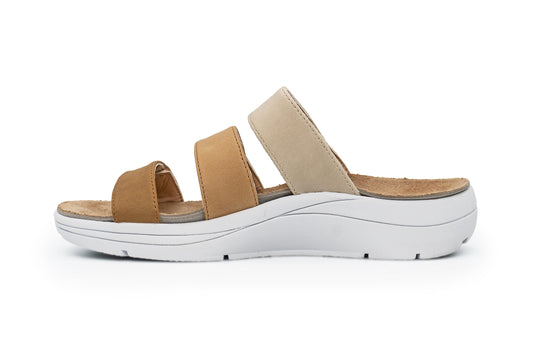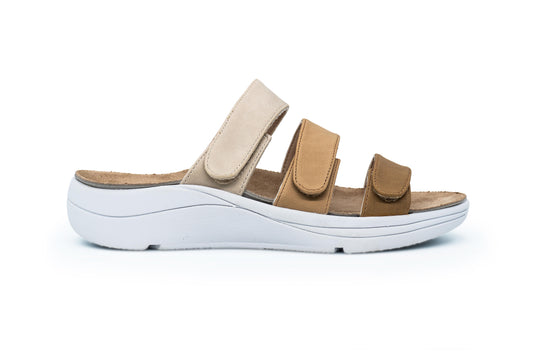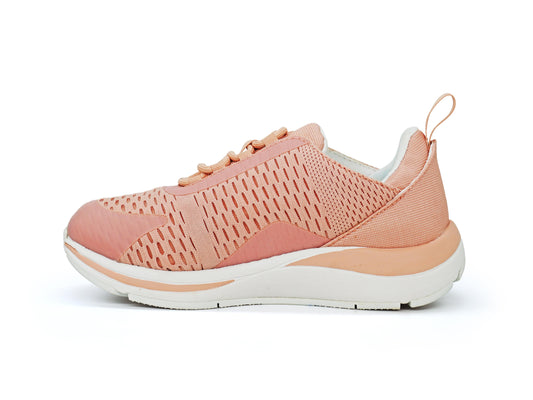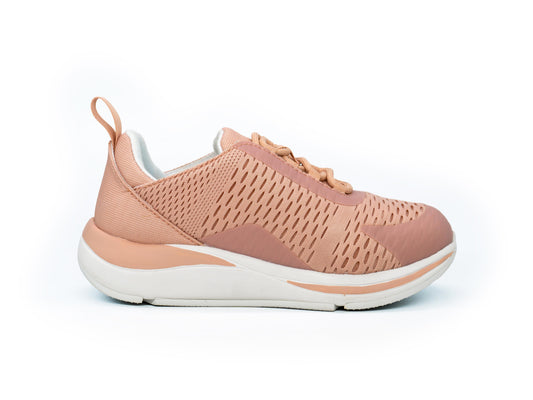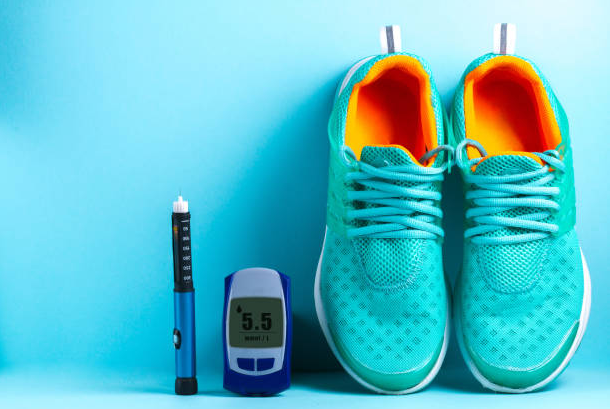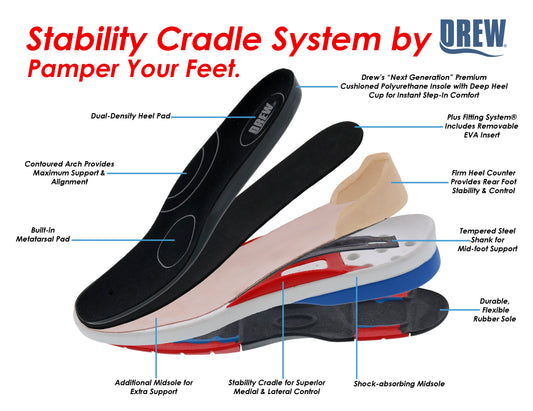Safeguarding Foot Health: A Comprehensive Guide to Choosing Footwear for Diabetic Individuals
Living with diabetes presents unique challenges, and one often overlooked aspect is the importance of foot health. Footwear selection is of utmost importance when it comes to preventing foot-related issues caused by diabetic neuropathy. It is crucial to choose the right shoes to avoid complications.
In this post, we'll explore the significance of appropriate footwear for people living with diabetes and offer detailed guidelines tailored to different levels of foot ulcer risk.
The Importance of Footwear:

Studies have indicated that the type of shoes one wears can have a significant impact on the development of foot problems in individuals with diabetic neuropathy .
When it comes to selecting shoes, it's important to prioritize both comfort and safety to minimize any potential risks. You want shoes that can help alleviate abnormal pressure, prevent callus and ulcer formation, and provide protection against external injuries.
Evaluating the Risk of Foot Ulcers:

According to the University of Texas classification scheme, individuals can be categorized into different levels of ulcer risk. It's crucial to have a clear understanding of the level of risk involved when making decisions about footwear.
1. Low Risk: - This category includes individuals who have normal sensation, no vascular disease, foot deformities, or history of ulceration.
Make sure to prioritize well-fitted and wide shoes to prevent any discomfort or rubbing. I highly recommend opting for soft, heat-sensitive uppers.
2. Medium Risk: Ulceration risk is heightened due to neuropathy and loss of protective sensation.
It is essential to ensure precise measurement of the foot. Look for shoes that fit well and have soft uppers to provide maximum comfort. Additionally, efficient insoles that can effectively absorb vertical forces are a great choice to ensure optimal support.
3. High Risk: Having foot deformities increases the chances of developing ulcers. It is advisable to use recessed heels, rigid or rocker-bottom soles, and molded insoles to reduce pressure and correct gait abnormalities.
4. Very High Risk: Individuals who have diabetes, neuropathy, foot deformities, and a history of ulceration are at a very high risk. The use of custom-made or prefabricated therapeutic footwear and insoles has been found to have protective effects in secondary prevention.
Other Factors to Keep in Mind:
Make sure to regularly check your footwear for any foreign objects or irregularities. It's important to avoid walking barefoot, even when you're at home. It's important to switch up your footwear regularly to avoid wearing the same pair for too long.
For individuals at a high risk, it is recommended to opt for therapeutic footwear that includes multilayered molded insoles.

To prevent diabetic foot complications, selecting the right footwear is crucial. Regardless of your risk level, it's important to keep certain factors in mind. By regularly monitoring your feet, ensuring proper fitting of footwear, and following recommended features, you can greatly reduce the chances of developing foot ulcers and improve the overall health of your feet. It's important to keep in mind that choosing the right footwear can have a significant impact on your overall well-being.
If you're looking to stay ahead of the game and ensure your feet stay pain-free, DiabeticShoe.in is the ultimate destination for all your foot health needs.
Take a look at our collection of Prescribed Orthotics for more information.

